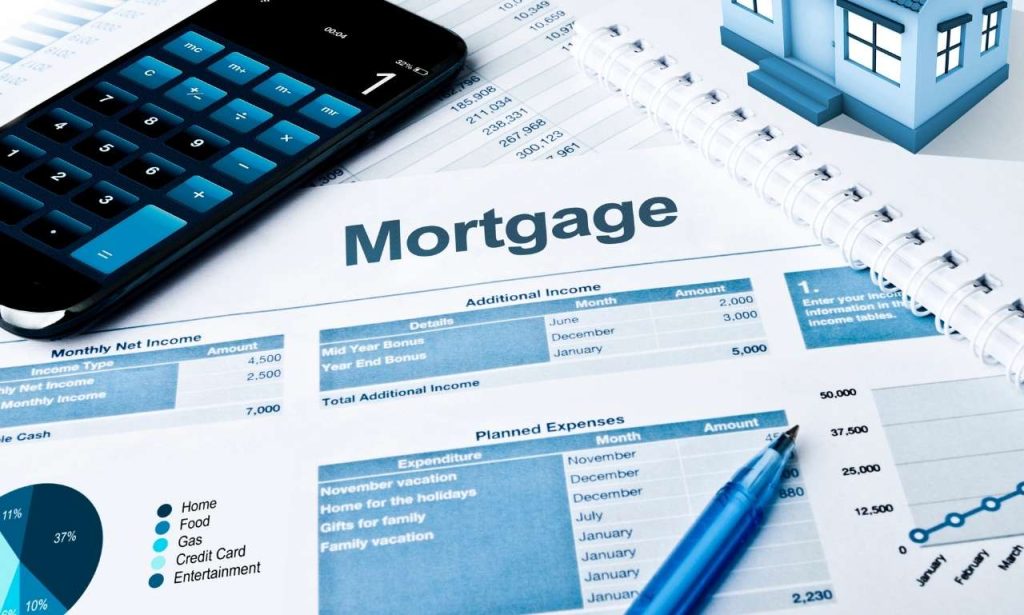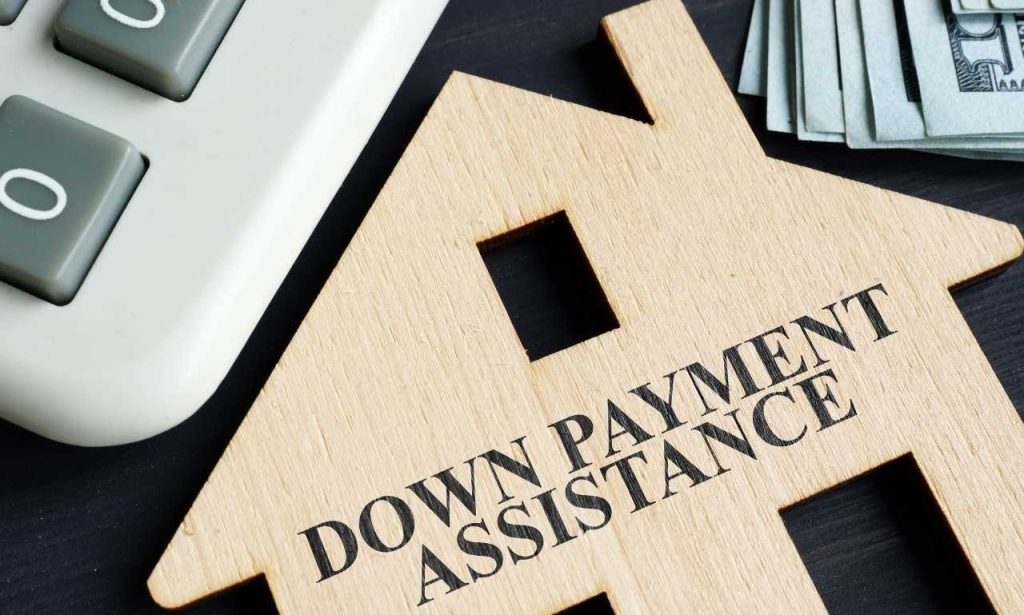Buying a home remains one of the most significant financial decisions most people make. I remember my first home purchase back in 2009. The bank required an extra monthly fee that confused me. That fee was PMI, adding $150 to my monthly payments. Most first-time homebuyers focus on the down payment and interest rate. They often overlook PMI. This extra cost can significantly impact your monthly budget. Understanding PMI before shopping for a mortgage can save you money. It may help you choose a different loan option. Let’s explore PMI, its cost, and ways to avoid paying it entirely.
What is private mortgage insurance (PMI)?

Private mortgage insurance protects the lender if you stop making payments. The insurance doesn’t protect you as the homeowner. It shields the mortgage company from losing money if you default.
Lenders typically require PMI when homebuyers make a down payment of less than 20%. The smaller your down payment, the higher your risk as a borrower. PMI offsets this risk for the mortgage company.
The cost of PMI gets added to your monthly mortgage payment. Sometimes, it’s built into your loan as a higher interest rate. Either way, you’re paying for insurance that benefits the lender, not you.
PMI adds hundreds or thousands of dollars to your annual housing costs. The good news? You can eventually cancel PMI in most cases. More on that later.
Is PMI required for all types of mortgage loans?
Not all mortgages require PMI. Conventional loans usually require PMI with down payments under 20%, while government-backed loans handle insurance differently.
FHA loans require their version, called the Mortgage Insurance Premium (MIP). VA loans for veterans don’t require mortgage insurance; instead, they charge a one-time funding fee.
USDA loans for rural homebuyers have their insurance requirements. These differ from traditional PMI on conventional loans.
Some lenders offer “no PMI” mortgages even with small down payments. These loans typically charge higher interest rates, and the PMI cost is baked into the rate instead of showing as a separate fee.
Jumbo loans and portfolio loans might have different PMI requirements, depending on the specific lender’s policies. Always ask potential lenders about insurance requirements before applying.
PMI vs. MIP vs. MPI
Let me introduce you to the alphabet soup of mortgage insurance. PMI, MIP, and MPI sound similar but work differently.
PMI (Private Mortgage Insurance) applies to conventional loans. Private insurance companies provide this coverage, which lenders require for down payments under 20%.
MIP (Mortgage Insurance Premium) belongs to FHA loans. All FHA borrowers pay MIP regardless of down payment size. FHA loans have both upfront and annual MIP payments.
Lenders don’t require MPI (Mortgage Protection Insurance). Homeowners buy this voluntarily. It helps pay the mortgage if you die or become disabled. This insurance protects you, not the lender.
Don’t confuse these with homeowners insurance. That covers property damage and liability. Mortgage insurance only covers the lender’s risk when you borrow with a small down payment.
How much is private mortgage insurance?
PMI typically costs between 0.5% and 1.5% of your loan annually. This percentage varies based on several factors, but your credit score and down payment size matter most.
Someone with excellent credit might pay 0.5% for PMI. A buyer with fair credit might pay 1.2% or more. The difference adds up quickly over time.
For a $300,000 home with 5% down, PMI might range from $114 to $342 monthly. That’s $1,368 to $4,104 per year in extra costs.
Most buyers pay PMI monthly as part of their mortgage payment. Some lenders offer single-premium PMI paid at closing, while others build it into the loan’s interest rate.
PMI example
Let’s examine how PMI affects a typical home purchase. Sarah buys a $350,000 house with 10% down ($35,000), and her loan amount is $315,000.
The lender charges 0.8% annually for PMI based on her credit score. This equals $2,520 per year or $210 monthly. Sarah’s base mortgage payment is $1,680 on a 30-year loan at 4%.
Adding PMI brings her monthly payment to $1,890, which is nearly 13% more each month. Sarah will pay PMI until she reaches 20% equity in her home.
After making payments for several years, she reaches the 20% equity threshold. She requests that her lender cancel PMI, which saves her $210 monthly for the remainder of her loan.
How to pay for PMI

Monthly PMI is included in your mortgage payment. The lender collects the payment and sends it to the insurance company. This option spreads the cost over time but increases your monthly payment.
Single-premium PMI requires one large payment at closing. You pay the entire PMI amount upfront, eliminating the monthly PMI charge but requiring more cash at closing.
Lender-paid PMI builds the insurance into your interest rate. The rate increases by 0.25% to 0.5%. You’ll pay this higher rate for the entire loan term, even after reaching 20% equity.
Split-premium PMI combines upfront and monthly payments. You pay part at closing and the rest monthly, reducing your ongoing payment while avoiding a large upfront cost.
I chose monthly PMI for my first home. It made the most sense since I planned to build equity quickly through extra payments.
Factors that influence the cost of PMI
Several key factors determine the cost of PMI. Your credit score significantly impacts PMI rates; higher scores mean lower rates.
Your down payment percentage directly affects PMI pricing. A 15% down payment results in lower PMI than a 5% down payment. The loan-to-value ratio drives this calculation.
The loan amount influences PMI costs. Larger loans mean more risk for insurers. Expect a higher PMI on jumbo mortgages.
The loan term also affects PMI rates. Shorter terms, like 15-year mortgages, often have lower PMI costs, while longer terms carry more risk for lenders.
Fixed-rate loans typically have lower PMI than adjustable-rate mortgages. The stability reduces risk for the insurer. Property type matters as well. Single-family homes usually have the lowest PMI rates.
Occupancy status impacts PMI considerably. Primary residences get the best rates, while investment properties face higher PMI costs if they’re even available.
Types of private mortgage insurance
Let me introduce you to the main types of PMI available to homebuyers. Borrower-paid monthly PMI remains the most common option. You pay monthly until reaching 20% equity.
Borrower-paid single-premium PMI requires one payment at closing. This eliminates monthly PMI payments entirely. It works well if you have extra cash available.
Lender-paid PMI increases your interest rate instead of charging separate insurance. The rate stays higher for the entire loan term. This option can be tax-advantageous for some borrowers.
Split-premium PMI combines upfront and monthly payments. You pay part at closing and continue smaller monthly payments. This balances the upfront cost with ongoing expenses.
Refundable PMI returns a portion of premiums if you pay off your loan early. Not all insurers offer this option. Ask your lender about availability.
How does PMI compare to other parts of my loan offer?
Interest rate
PMI and interest rates affect your mortgage costs differently. Interest applies to the entire loan balance. PMI only applies until you reach 20% equity.
A 0.25% higher interest rate often costs more than PMI over 30 years. However, PMI might cost more in the short term. Consider how long you’ll keep the loan when comparing.
Some buyers accept a higher rate to avoid PMI. This makes sense if you’ll stay in the home long-term. The PMI-free option usually costs less if you’ll move within 5-7 years.
Always compare the total cost of both options. Ask your lender for a side-by-side comparison. Run the numbers based on your expected homeownership timeline.
Other loan programs
Government-backed loans offer alternatives to conventional PMI. FHA loans require mortgage insurance for all borrowers, and this insurance rarely disappears on newer FHA loans.
VA loans for veterans don’t charge ongoing mortgage insurance. They require a funding fee instead. This one-time fee can be financed into the loan amount.
USDA rural loans charge both upfront and annual mortgage insurance fees. These fees generally cost less than conventional PMI. The program limits where you can purchase property.
Some credit unions and local banks offer portfolio loans without PMI. These “no PMI” mortgages typically have higher interest rates. They can save money for certain buyers.
Taxes
PMI was tax-deductible for many years. Congress has extended this deduction several times. Check with your tax advisor about current deductibility.
Interest payments remain tax-deductible for most homeowners. This can make higher-rate, no-PMI loans more attractive. The tax benefits depend on your personal situation.
Property taxes factor into affordability calculations too. Higher property taxes might limit your budget for PMI. Consider all housing costs when planning your purchase.
Down payment

Your down payment directly affects PMI costs. Putting 15% down instead of 5% reduces PMI significantly. It also builds more initial equity in your home.
Saving for a larger down payment might delay your purchase. Housing prices could rise during that time. Weigh the PMI savings against potential appreciation.
Down payment assistance programs can help reduce PMI costs. Some provide grants or second mortgages. However, these programs often have restrictions on income or location.
Conclusion
Private mortgage insurance adds significant cost to homeownership. Understanding PMI helps you make smarter mortgage decisions. It might even save you thousands of dollars.
Consider all options before choosing a loan program. Compare total costs over your expected homeownership period. Sometimes, paying PMI makes financial sense, and other times, it’s worth avoiding.
Remember that most PMI eventually goes away. Plan for that milestone in your homeownership journey. Budget for PMI costs in the meantime. Your future self will thank you for making informed choices today.
Also Read:
FAQs
Make a 20% down payment, choose a government-backed loan, or accept a higher interest rate instead.
PMI automatically terminates at 78% loan-to-value ratio. You can request cancellation at 80% LTV.
Sometimes. Congress periodically extends this deduction. Consult your tax advisor about your current status.
Yes, if you have enough equity after refinancing. The new loan must have a loan-to-value ratio of 80% or less.

